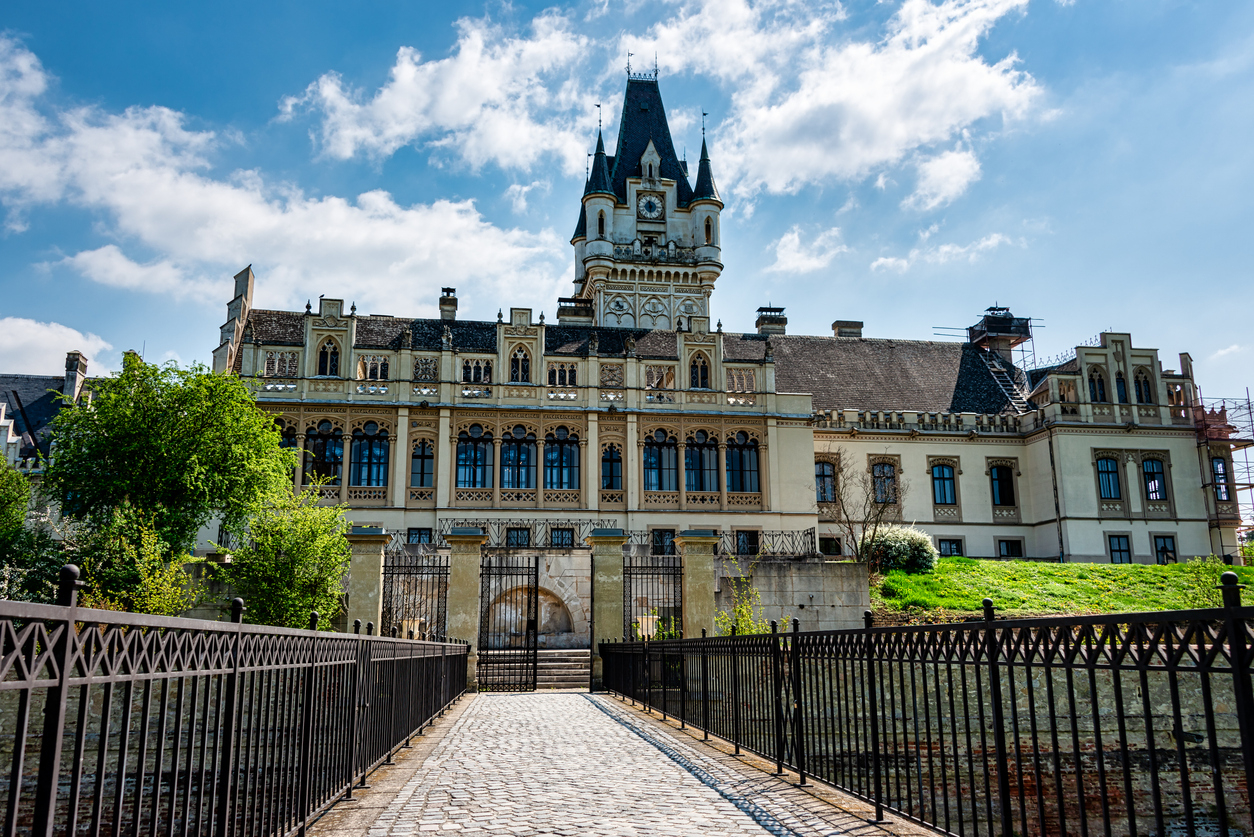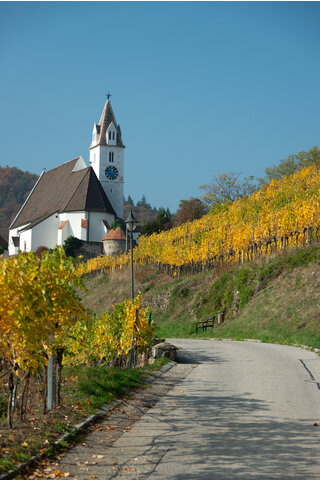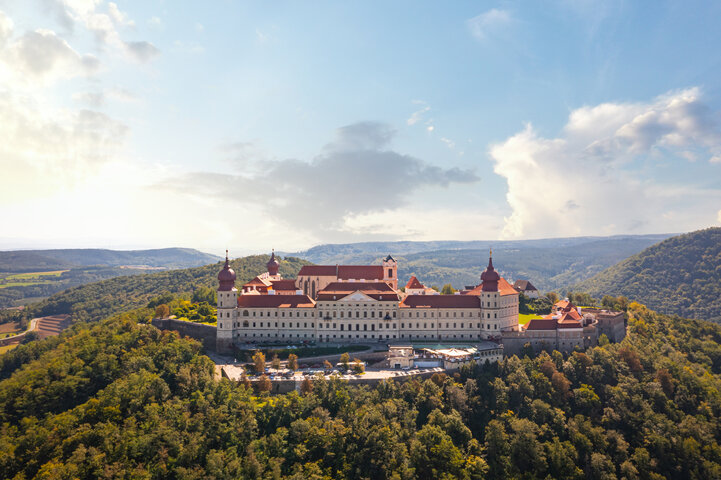Culture
Grafenegg Castle
Schloss Grafenegg (Grafenegg Castle) is one of Austria’s most remarkable and picturesque castles, blending rich history with a vibrant cultural life. Located in the heart of Lower Austria, near Krems, Grafenegg Castle has become a major cultural destination known for its unique architecture and world-class musical events, particularly the Grafenegg Festival. The castle’s Gothic, Renaissance, and Baroque features, along with its extensive parklands, make it an ideal place to explore both history and contemporary culture.
History of Grafenegg Castle
The history of Grafenegg Castle dates back to the 14th century, when it was first constructed as a medieval fortification. Over the centuries, it underwent several phases of reconstruction and expansion, particularly during the Renaissance and Baroque periods, which significantly shaped its current appearance.
The most extensive renovation took place in the 19th century when Count August Ferdinand Breuner-Enckevoirt transformed the castle into the neo-Gothic masterpiece it is today. This renovation incorporated Gothic revival elements into the existing Renaissance and Baroque structures, creating a visually striking fusion of styles. Since then, the castle has remained in the hands of the Breuner-Enckevoirt family.
During the 20th century, the castle saw periods of both neglect and restoration. Today, however, it stands as a carefully preserved architectural gem and a thriving cultural center.
Architecture of Grafenegg Castle
The architecture of Grafenegg Castle is an eclectic mix of Gothic revival, Renaissance, and Baroque styles, making it one of Austria’s most unique and visually captivating castles. The castle’s striking neo-Gothic elements, such as pointed arches, turrets, and ornate facades, are a result of the 19th-century renovation, but it retains features from earlier periods, including Renaissance and Baroque influences.
Key Architectural Highlights:
The Castle Towers: The castle’s dramatic towers are one of its most recognizable features. The highest of these towers rises impressively above the castle, embodying the Gothic revival style with its intricate details and imposing presence.
The Inner Courtyard: The Renaissance-style inner courtyard features elegant arcades and offers a serene space for visitors to admire the fusion of architectural elements from different eras.
The Great Hall: Inside the castle, the Great Hall is one of the most important rooms, decorated with grand chandeliers and period furniture, reflecting the castle’s history as a noble residence.
The Castle Chapel: The Castle Chapel is another beautiful element of Grafenegg, reflecting the castle’s religious significance in earlier times and its function as a place of worship for the aristocratic family.
The Castle Park
One of the most attractive features of Grafenegg is its expansive English-style park, which surrounds the castle. The Castle Park is a beautifully landscaped area that extends over 32 hectares, offering peaceful walking paths, ancient trees, ornamental gardens, and tranquil ponds. Scattered throughout the park are various sculptures and architectural follies, blending nature and art in perfect harmony.
The park also includes the Wolkenturm, a striking open-air stage designed in modern architectural style, which contrasts yet complements the historical surroundings of the castle. The Wolkenturm has become a central feature of the Grafenegg Festival, offering a unique concert experience amid the lush greenery.
Grafenegg Festival and Cultural Significance
In addition to its historical and architectural appeal, Grafenegg Castle is renowned as a cultural hub, especially for its role in hosting the Grafenegg Festival. Established in 2007, the Grafenegg Festival has quickly become one of Europe’s premier classical music festivals, attracting world-class orchestras, conductors, and soloists from around the globe.
The festival takes place every summer in the castle grounds, with performances held both in the Auditorium, a modern concert hall built on the estate, and the open-air Wolkenturm stage. This combination of historic and modern venues provides a unique backdrop for the performances, blending the timeless beauty of Grafenegg with contemporary cultural expression.
In addition to the summer festival, Grafenegg hosts a series of concerts and events throughout the year, including the Grafenegg Advent, a popular Christmas market that takes place in the castle park and offers visitors a festive atmosphere with local crafts, foods, and seasonal music.
Visiting Grafenegg Castle
Grafenegg Castle is open to visitors year-round, offering guided tours that explore the castle’s fascinating history, its architectural evolution, and its role as a cultural landmark. Visitors can explore the grand interiors, including the Great Hall, the Castle Chapel, and various historical rooms filled with period furniture and art.
The extensive Castle Park is also open to the public, providing a peaceful retreat for leisurely walks or picnics. For music lovers, attending a concert at the Wolkenturm during the Grafenegg Festival is an unforgettable experience, combining world-class performances with the scenic beauty of the park and castle.
Conclusion
Grafenegg Castle is much more than just a historical site; it is a living cultural center that continues to attract visitors with its fusion of history, architecture, and music. The castle’s neo-Gothic grandeur, coupled with its role as a hub for classical music, makes it a must-visit destination for anyone traveling to Lower Austria. Whether exploring the castle’s rich history, strolling through the idyllic park, or enjoying a performance at the Grafenegg Festival, a visit to Grafenegg Castle is a truly enriching experience.


